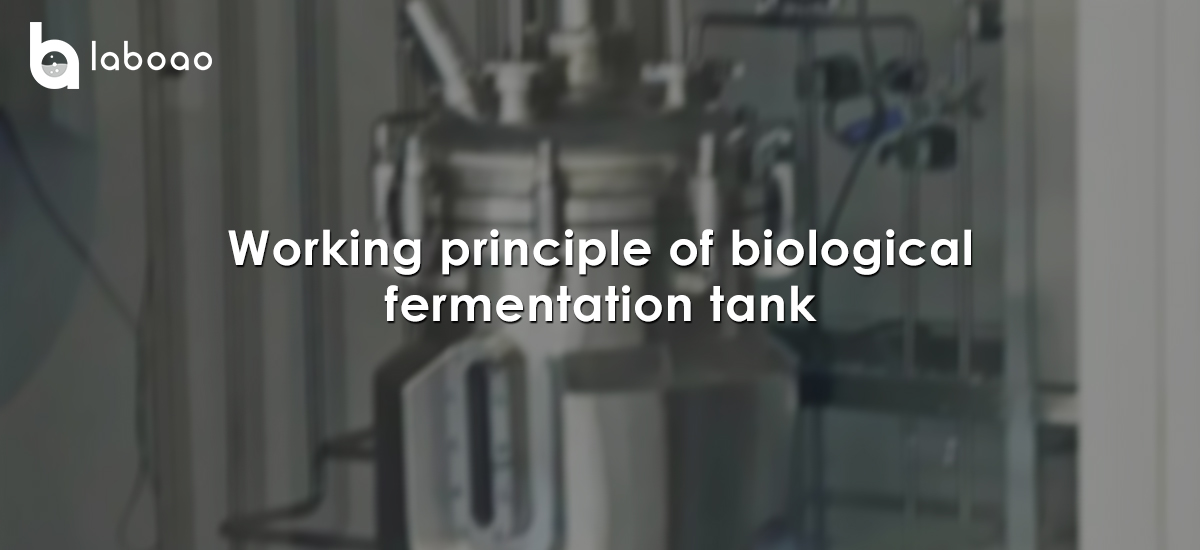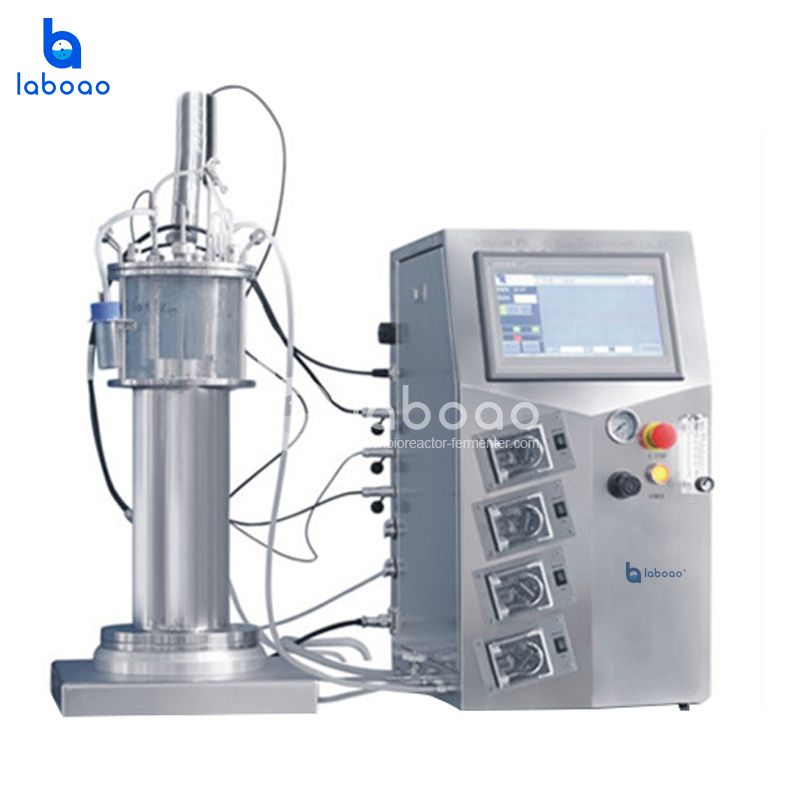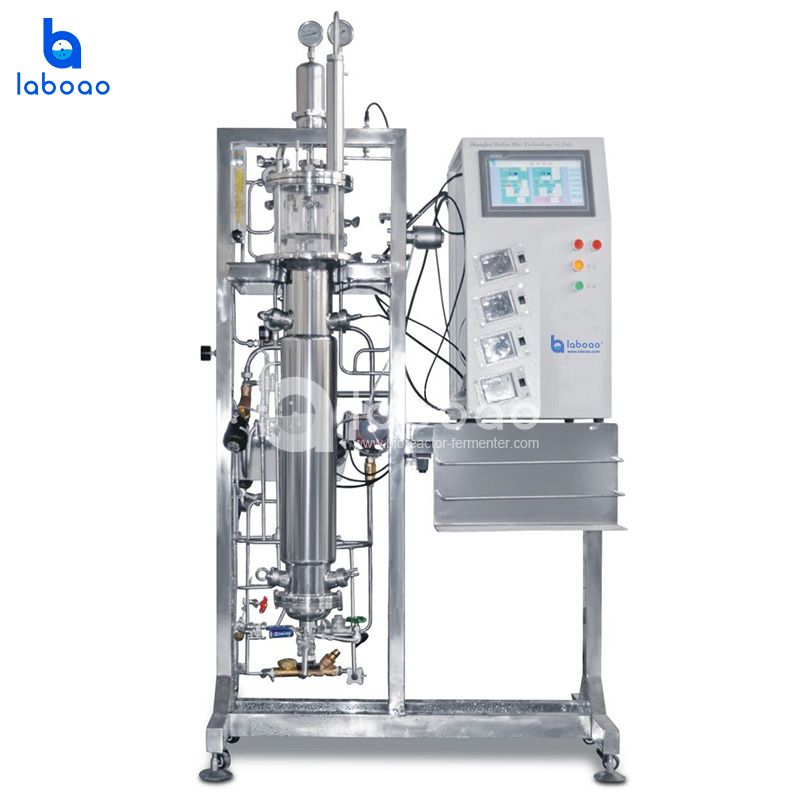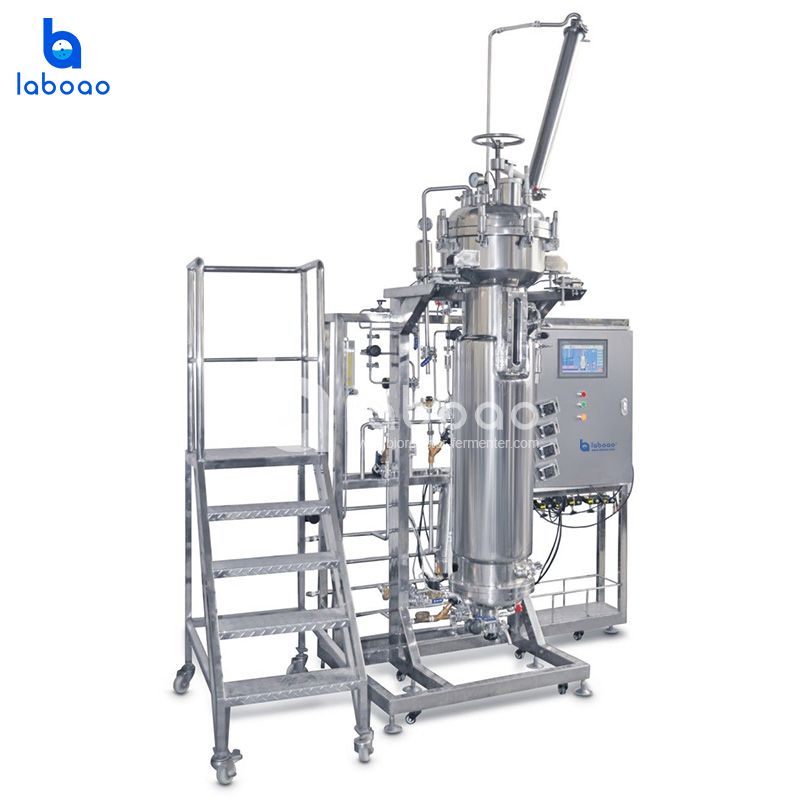
Working principle of biological fermentation tank:
Biological fermentation tank is a kind of biological reaction equipment with the advantages of simple structure, not easy to be infected, high dissolved oxygen efficiency, low energy consumption, etc., which is widely used in biological reaction. There are many types. The airlift fermentation tanks that have been widely used in the biological industry include airlift internal circulation fermentation tanks, gas-liquid double injection airlift circulation fermentation tanks, and tower airlift fermentation tanks with multi-layer distribution plates.
The working principle of the biological fermentation tank is to use the air nozzle to spray high-speed air, and the air is dispersed in the liquid in the form of bubbles. On the ventilated side, the average density of the liquid decreases, and on the non-ventilated side, the liquid density is larger, so that a density difference is generated with the liquid on the ventilated side, thereby forming a circulation of the liquid in the fermentation tank. There are many forms of airlift fermentation tanks, the more common ones are internal circulation pipe type, external circulation pipe type, tension cylinder type and vertical partition type.
The circulation pipe of the external circulation type is designed outside the tank body, and the internal circulation pipe is two, which are designed inside the tank body. In the airlift fermentation tank, the height of the circulation pipe is generally not higher than. The liquid level in the tank is not higher than the outlet of the circulation pipe, and is not lower than the outlet of the circulation. The advantages of the airlift fermenter are low energy consumption, small frying and cutting effect in the liquid, and simple structure. Under the same energy consumption, its oxygen transfer capacity is much higher than that of the mechanical stirring and ventilation fermenter.
The biological fermenter must meet the following basic requirements:
1. The biological fermenter should have a suitable height-to-diameter ratio. The height-to-diameter ratio of the fermenter is generally (2.5-4): 1.
2. The fermenter should be able to withstand a certain pressure. Since there is a certain pressure and temperature in the tank during disinfection and normal operation of the fermenter, the various parts of the tank body must have a certain strength and be able to withstand a certain pressure.
3. The stirring device and ventilation device of the biological fermenter should be able to disperse the bubbles and fully mix the gas and liquid to ensure the dissolution of oxygen and improve the utilization rate of oxygen.
4. The fermenter should have heating and cooling devices and should have sufficient cooling area. The microbial growth and metabolism process releases a large amount of heat. In order to control the temperature required at different stages of the fermentation process, the fermenter should have sufficient cooling area.
5. The inside of the biological fermentation tank should be polished to minimize dead corners and ensure thorough sterilization.
6. The shaft seal of the agitator should be tight to minimize leakage.


